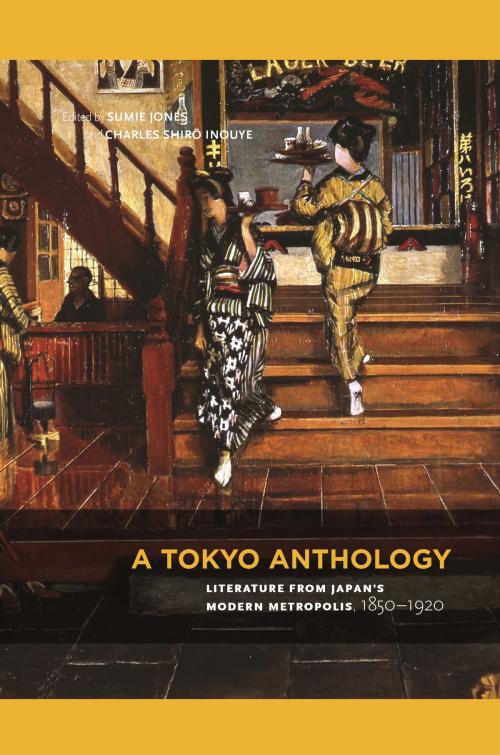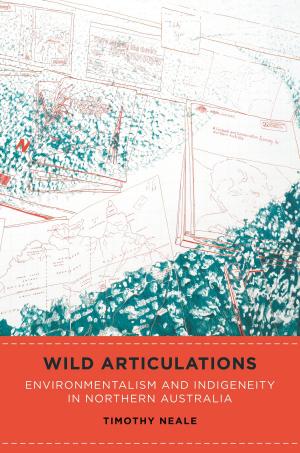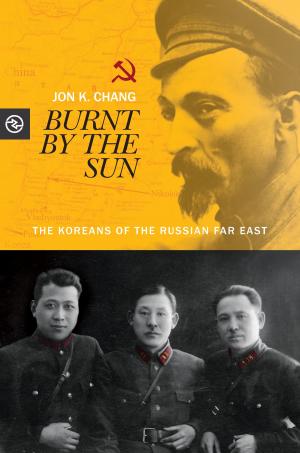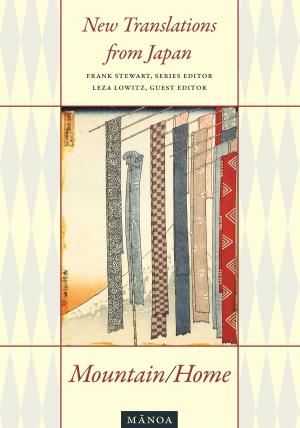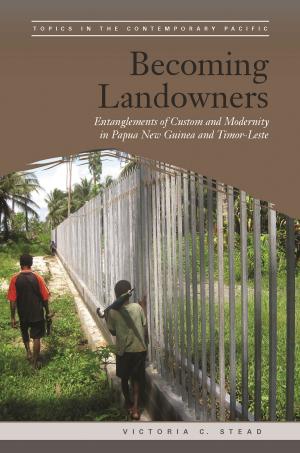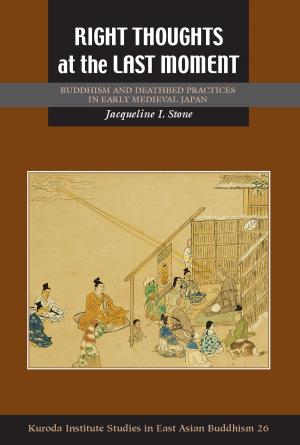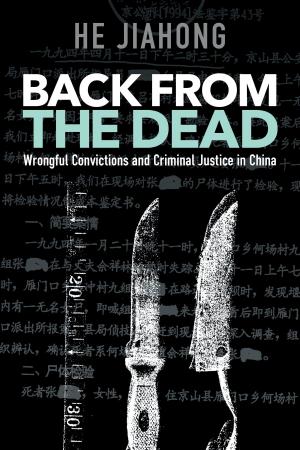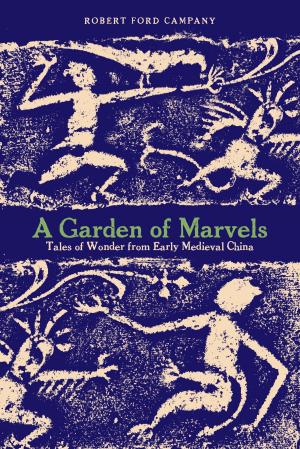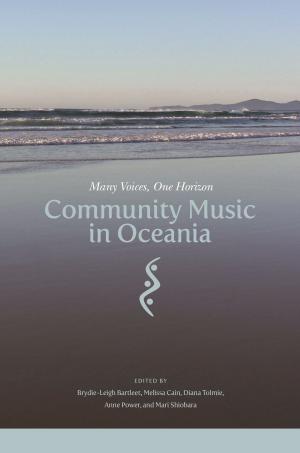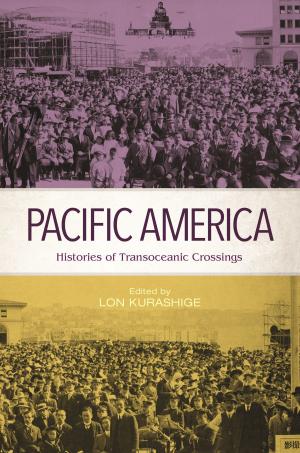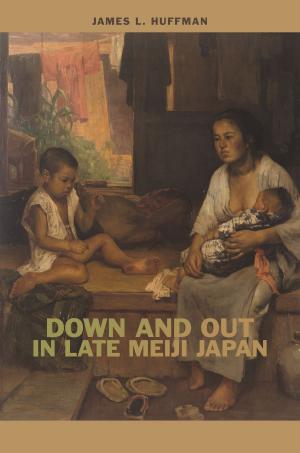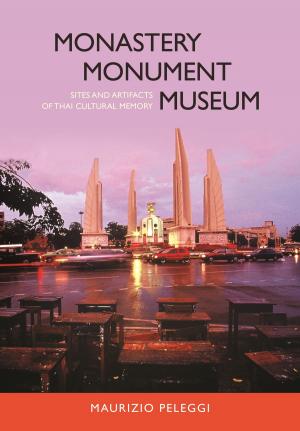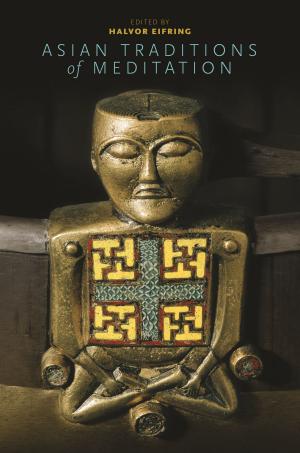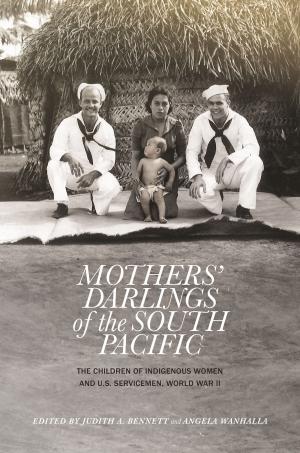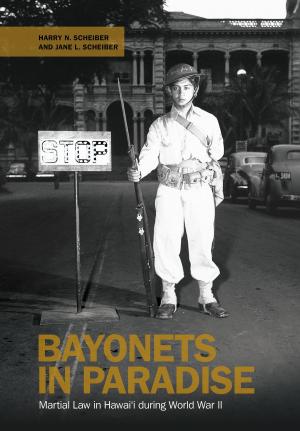A Tokyo Anthology
Literature from Japan’s Modern Metropolis, 1850–1920
Nonfiction, History, Asian, Japan, Art & Architecture, General Art, Art History| Author: | Dr. Anthony H. Chambers, Joel Cohn, Rebecca L. Copeland, Alan Cummings, James Dorsey, Peter Duus, Matthew Fraleigh, Howard Hibbett, Charles Shirō Inouye, Ken K. Ito, Sumie Jones, Dr. Matthew Koenigsberg, Dylan McGee, Professor John Pierre Mertz, J. Scott Miller, Professor Aiko Okamoto-MacPhail, M. Cody Poulton, Laurel Rasplica Rodd, Professor Eiji Sekine, Stephen Snyder, Dr. Takashi Wakui | ISBN: | 9780824855918 |
| Publisher: | University of Hawaii Press | Publication: | February 28, 2017 |
| Imprint: | University of Hawaii Press | Language: | English |
| Author: | Dr. Anthony H. Chambers, Joel Cohn, Rebecca L. Copeland, Alan Cummings, James Dorsey, Peter Duus, Matthew Fraleigh, Howard Hibbett, Charles Shirō Inouye, Ken K. Ito, Sumie Jones, Dr. Matthew Koenigsberg, Dylan McGee, Professor John Pierre Mertz, J. Scott Miller, Professor Aiko Okamoto-MacPhail, M. Cody Poulton, Laurel Rasplica Rodd, Professor Eiji Sekine, Stephen Snyder, Dr. Takashi Wakui |
| ISBN: | 9780824855918 |
| Publisher: | University of Hawaii Press |
| Publication: | February 28, 2017 |
| Imprint: | University of Hawaii Press |
| Language: | English |
The city of Tokyo, renamed after the Meiji Restoration, developed an urban culture that was a dynamic integration of Edo’s highly developed traditions and Meiji renovations, some of which reflected the influence of Western culture. This wide-ranging anthology—including fictional and dramatic works, essays, newspaper articles, political manifestos, and cartoons—tells the story of how the city’s literature and arts grew out of an often chaotic and sometimes paradoxical political environment to move toward a consummate Japanese “modernity.”
Tokyo’s downtown audience constituted a market that demanded visuality and spectacle, while the educated uptown favored written, realistic literature. The literary products resulting from these conflicting consumer bases were therefore hybrid entities of old and new technologies. A Tokyo Anthology guides the reader through Japanese literature*’*s journey from classical to spoken, pictocentric to logocentric, and fantastic to realistic—making the novel the dominant form of modern literature. The volume highlights not only familiar masterpieces but also lesser known examples chosen from the city’s downtown life and counterculture.
Imitating the custom of creative artists of the Edo period, scholars from the United States, Canada, England, and Japan have collaborated in order to produce this intriguing sampling of Meiji works in the best possible translations. The editors have sought out the most reliable first editions of texts, also reproducing most of their original illustrations. With few exceptions the translations presented here are the first in the English language. This rich anthology will be welcomed by students and scholars of Japan studies and by a wide general audience interested in Japan’s popular culture, media culture, and literature in translation.
The city of Tokyo, renamed after the Meiji Restoration, developed an urban culture that was a dynamic integration of Edo’s highly developed traditions and Meiji renovations, some of which reflected the influence of Western culture. This wide-ranging anthology—including fictional and dramatic works, essays, newspaper articles, political manifestos, and cartoons—tells the story of how the city’s literature and arts grew out of an often chaotic and sometimes paradoxical political environment to move toward a consummate Japanese “modernity.”
Tokyo’s downtown audience constituted a market that demanded visuality and spectacle, while the educated uptown favored written, realistic literature. The literary products resulting from these conflicting consumer bases were therefore hybrid entities of old and new technologies. A Tokyo Anthology guides the reader through Japanese literature*’*s journey from classical to spoken, pictocentric to logocentric, and fantastic to realistic—making the novel the dominant form of modern literature. The volume highlights not only familiar masterpieces but also lesser known examples chosen from the city’s downtown life and counterculture.
Imitating the custom of creative artists of the Edo period, scholars from the United States, Canada, England, and Japan have collaborated in order to produce this intriguing sampling of Meiji works in the best possible translations. The editors have sought out the most reliable first editions of texts, also reproducing most of their original illustrations. With few exceptions the translations presented here are the first in the English language. This rich anthology will be welcomed by students and scholars of Japan studies and by a wide general audience interested in Japan’s popular culture, media culture, and literature in translation.
